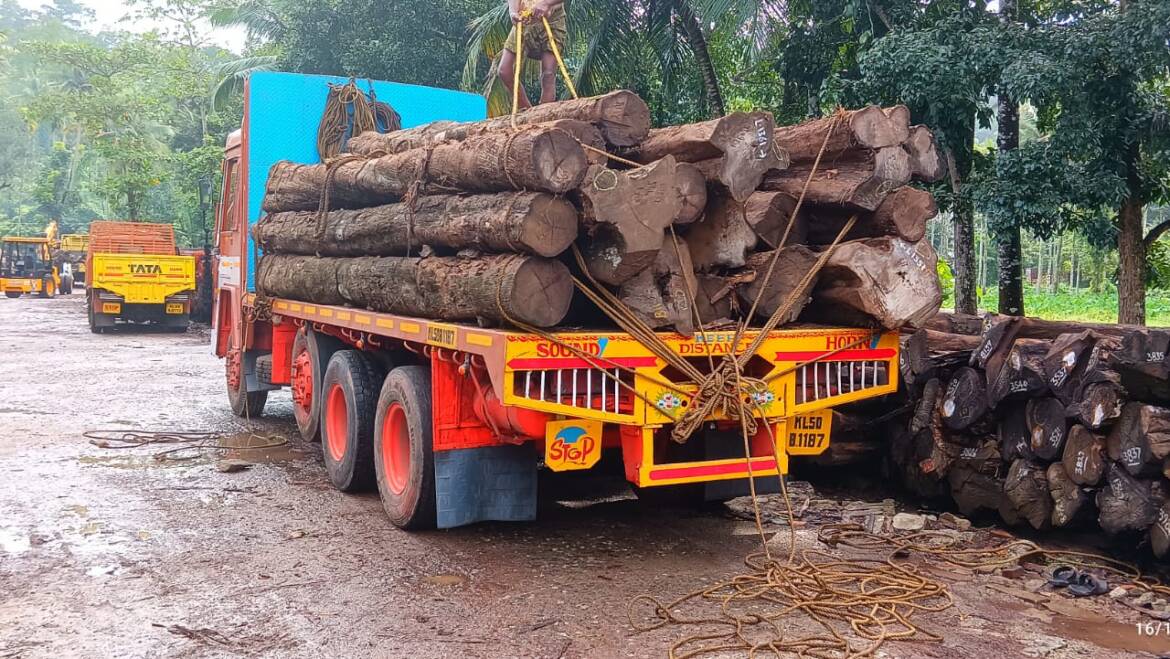Harvesting
Timber harvesting in India is a significant component of the country’s forest management and wood production industry. It involves the extraction of trees to meet the demand for various wood products, including timber for construction, furniture, paper, and more. Timber harvesting in India typically follows a structured process that emphasizes sustainable practices to ensure the long-term health of forests.
The process begins with the identification and marking of trees suitable for logging, considering factors like tree size, age, and species. Skilled laborers then fell the marked trees, paying attention to safety and minimizing environmental impact. Once felled, the logs are transported to processing facilities using trucks, tractors, or other means.
In India, responsible timber harvesting also focuses on preserving biodiversity, protecting sensitive ecosystems, and following government regulations and environmental guidelines. Sustainable forestry practices, such as afforestation and reforestation, aim to maintain a balance between wood production and environmental conservation.
As India’s demand for wood products continues to grow, the timber harvesting industry plays a crucial role in providing a renewable resource while ensuring that forest ecosystems remain healthy and vibrant for future generations.

